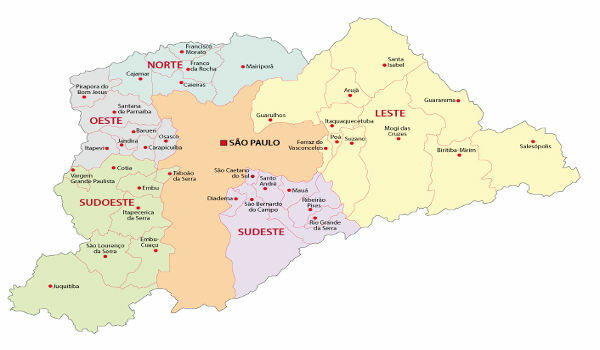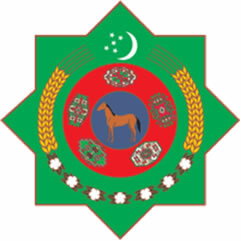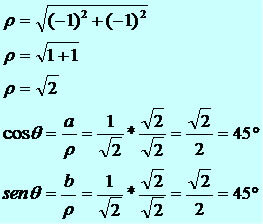Metropolitan regionit is a complex political-spatial cut that involves a central city (metropolis) and polarizes and dynamizes the other cities around it, influencing them economically, socially and politically.
The polarization of a city refers to the ability to assume the concentration of the main urban facilities of a particular region, such as public services, shopping centers, leisure, education etc. The dynamics, on the other hand, are established by the movement observed in cities, such as the flow of people, cars and companies, as well as the meaning of these movements.
If the search is for employment, health or education, usually the movement of displacements tends to be from the smaller municipalities to the metropolis, which concentrates the main employers. This movement takes the opposite direction if, for example, the demand is for housing, both for those with minors and those with greater purchasing power.
In relation to those with less purchasing power, the flight from the big cities is explained, among other reasons, by the high value of the properties. For those with greater purchasing power, the search for more remote regions – especially closed condominiums – is related to the desire for better living conditions, traffic, mobility, etc. Naturally, these models change according to the region and the moment being analyzed and, therefore, cannot be taken in an isolated way to understand the movements of a metropolitan region.
THE expansion of cities associated with population growth reconfigures urban space, changing previously rural landscapes into urban ones or horizontal cities into vertical environments. Likewise, it was observed that some cities coalesced, becoming visually uniform. This phenomenon is called conurbation.
Metropolitan regions in Brazil
In Brazil, the concern with the theme Metropolitan region refers to the 1960s, due to the population growth and the intensification of the process of urbanization. These elements boosted the concentration of people in urban centers and demanded new ways of organizing, planning and understanding the management and functioning of cities, especially in matters relating to violence, health, employment, education, transport and infrastructure.
Consider that certain elements of cities are not restricted to the boundaries of municipalities and, consequently, the isolated actions of its municipal administrators make the understanding of the concept in regiona key element in territory management. The word region comes from latin regal, derived from the verb rule, which means to rule, to command. Thus, in its first definition, the idea of region has an eminently political conception.
At first Brazilian metropolitan regions were created by the Federal Government in the 1970s (São Paulo, Belo Horizonte, Porto Alegre, Curitiba, Salvador, Recife, Fortaleza, Belém and Rio de Janeiro). With the enactment of the 1988 Constitution, state governments were empowered to create future metropolitan regions. According to IBGE data, currently, the country has 69 metropolitan regions. The main metropolitan region in Brazil is São Paulo, with around 22 million inhabitants.

Metropolitan region of Sao Paulo
Organization of metropolitan regions
The organization of metropolitan regions varies between countries. In Brazil, its structure corresponds to a portion of the territory defined by political, economic, statistical and territorial management criteria, defined by force of state law. Population concentration is a subjective criterion, but closely related to the understanding of metropolitan regions.
THE main relevance of metropolitan regions it is in the actions of planning and spatial planning. Understanding metropolitan regions allows the execution of joint actions between municipal legislators for health issues (vaccination, epidemics), education (demand for students / grades), transportation (integration, mobility), economic (tax collection, income generation) and urban violence (indices of crime).
another important contribution of the concept of metropolitan region It is intended for the installation of large urban equipment (malls, shopping centers, large stores or chains). From this spatial cutout, the main demands of the target audience or income and consumption profile are estimated, as well as the profit potential that a given region can offer.
In 2015, Law 13,089, known as Metropolis Statute. This law establishes the conditions and responsibilities for the administration and financing of metropolitan regions in Brazil.
by Hugo Mota
Graduated in Geography
Source: Brazil School - https://brasilescola.uol.com.br/o-que-e/geografia/o-que-e-regiao-metropolitana.htm


